I’ve been always struggling with clogged skin pores and blackheads. My friend advised me to reach for salicylic acid. Until now, this substance was associated not with beauty and cosmetic, but with a pharmacy. It turned out that salicylic acid also has multiple beneficial cosmetic properties. What are they? Here is the story of my experience with salicylic acid.
A bit of chemistry…
Salicylic acid belongs to beta-hydroxy acids (BHA) and, as a chemical compound, it has been isolated from the willow bark. It occurs naturally in plants as a component regulating their growth and blooming. Synthetically isolated comes in the form of a fine white powder or crystals. Its antibacterial, anti-fungal, and anti-inflammatory properties are used by manufacturers of antiseptics and cosmetics.
Salicylic acid dissolves in alcohol and fats, which is why in many preparations it co-occurs with ethyl alcohol. The properties of salicylic acid depend on its concentration:
- in a 1-2% concentration, dissolved in ethyl alcohol and water, occurs in salicylic spirits – a popular disinfectant. Cosmetics with this concentration of salicylic acid will respond to the needs of the acne-prone skin,
- at a concentration of 10-20%, salicylic acid acquires keratolytic properties, ie it becomes a chemical peel.
The higher the salicylic acid content in a given formulation, the stronger its exfoliating properties are, which are invaluable in the fight against calloused skin, e.g. feet or elbows.
Salicylic acid – properties and healing effects
Salicylic acid is a non-steroidal anti-inflammatory drug with antipyretic, anti-inflammatory and analgesic effects. It occurs in the form of liquids, patches, ointments, and gel. It usually accompanies other medicinal substances and has different effects, for example:
- together with lactic acid: effectively removes callus,
- in a duet with betamethasone dipropionate heals skin diseases such as atopic, seborrheic or eczematous dermatitis, lichen, psoriasis, potatitis, and ichthyosis.
Salicylic acid – qualities and use in cosmetology
Firstly, salicylic acid has anti-inflammatory, antibacterial and antifungal properties, and secondly, it dissolves well in fats, thanks to which it penetrates the layer of sebum on the skin and penetrates deep into the sebaceous glands. That is where it begins its bactericidal and soothing activity, and as a result, removes excess sebum and impurities. Therefore, you can reach for salicylic acid if you are dealing with acne skin, blackheads, enlarged and clogged pores or inflammation of the hair follicles. In turn, thanks to its purifying properties, salicylic acid will succeed in combating oily scalp and dandruff. In addition, it increases the active penetration of other substances, for example, vitamin A.
Salicylic acid has a regenerating and keratoplastic effect, that is, it stimulates the renewal of the epidermis, including reducing the visibility of scars. In low concentration, it is delicate, which is why it rarely causes skin irritation. Be sure to try it if you have dry skin.
Salicylic acid peel – beauty treatment
If you like chemical peels, then I’d like to recommend a salicylic acid peel. The beauty treatment will prevent juvenile, papulous, or recurrent acne and will reduce the visibility of acne scars and discolorations.
The procedure starts with cleansing the skin and applying a high concentration of salicylic acid. After a few minutes, the preparation is washed down. After the treatment, skin exfoliation takes place, which can last up to 2 days. It is often accompanied by scabs from the actively removed epidermis. Peeling with salicylic acid effectively treats acne – the effects are visible after the first treatment, and the significant improvement in the appearance of the skin occurs after about 6 treatments performed every 10-14 days. 2 weeks before the procedure do not expose your face to the sun and do not use a tanning bed. Also, make sure to apply creams with high filters 3 weeks after the treatment. Peeling with salicylic acid is not recommended for people with dark complexion, because it can cause brighter spots.
Salicylic acid in cosmetics and scrubs – contraindications
Although cosmetics containing salicylic acid and scrubs with salicylic acid are very effective, not everyone can use them. There are many contraindications, including:
- sun exposure or use of a tanning bed during the treatment,
- allergy to salicylates, for example to aspirin,
- pregnancy and lactation,
- skin allergy,
- skin inflammation,
- autoimmune diseases,
- cuts, wounds,
- skin with numerous marks,
- herpes,
- facial surgery less than 2 months before using salicylic acid,
- oral treatment with retinoids.
Salicylic acid – my experience
As I have mentioned before, I used salicylic acid to get rid of blackheads and clogged pores. These were the main issues, but I also had some minor struggles too. Salicylic acid not only unblocked pores and reduced blackheads but also removed callous epidermis and improved skin tone. In addition, it made acne scars shallow, it stimulated the skin for regeneration and prepared the skin for the application of creams. I truly recommend it from the bottom of my heart.
What ie your experience with salicylic acid? What skin problems helped you in the fight for a flawless complexion? Perhaps it turned out to be ineffective in your case? Let me know in the comments!



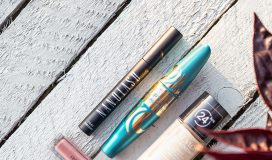

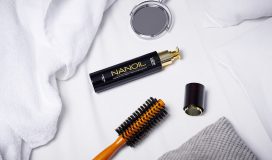
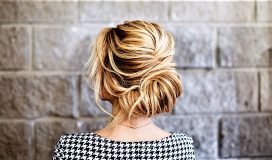
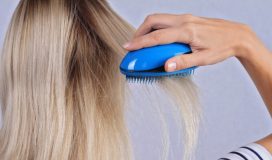
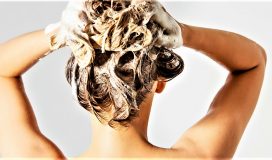
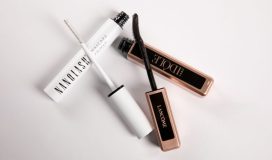
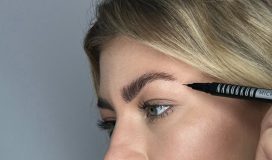
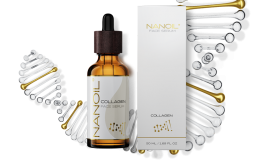
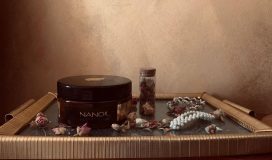
Leave a Reply